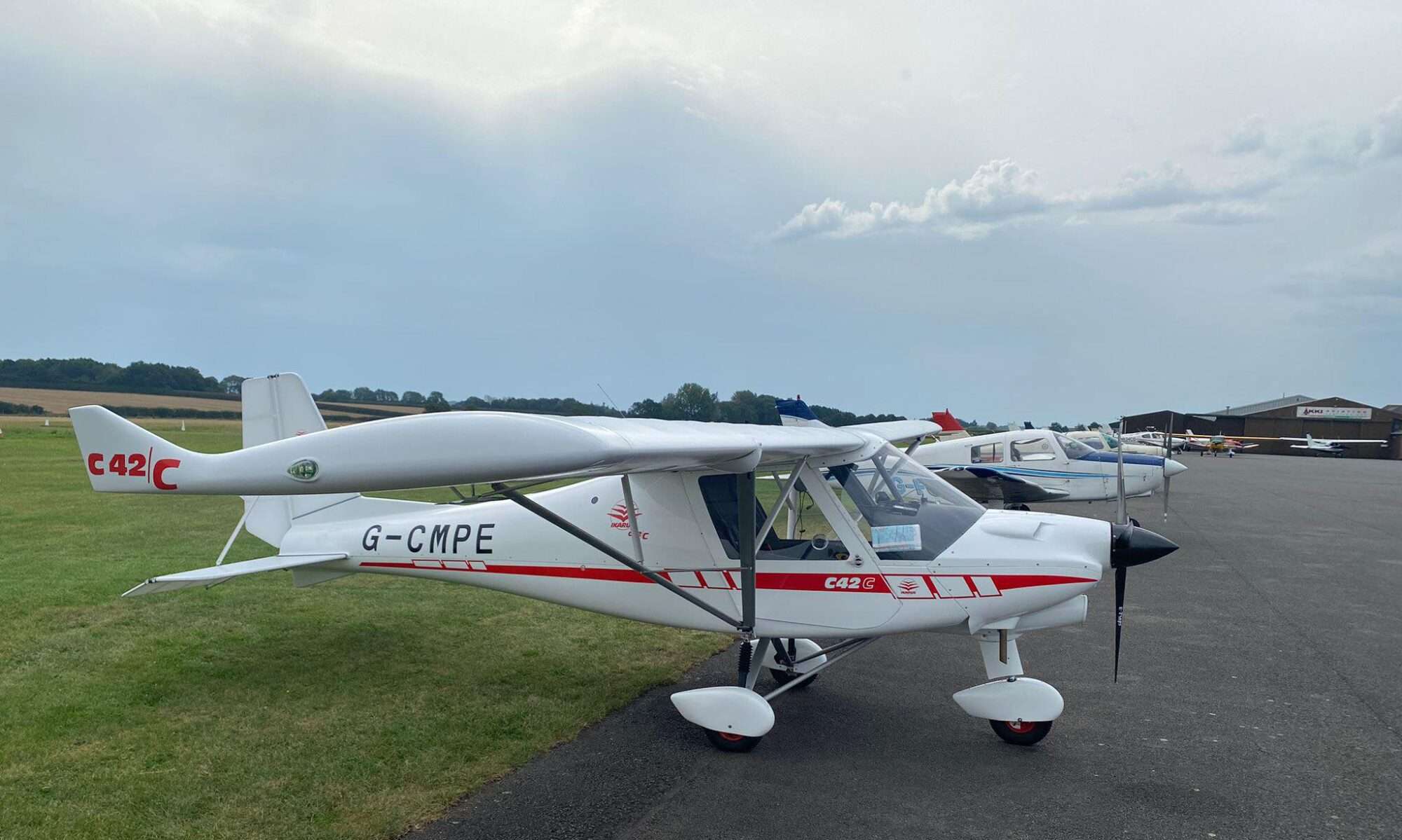The following is what the examiner will use to select a subset to test you on in the GST:
PREPARATION FOR FLIGHT
Weather suitability
Aircraft documents check
Weight and balance calculation
Weight and performance calculation
Fuel and oil state
Aircraft acceptable
Booking out, ATC
Pre-flight inspection
STARTING, TAXIING AND POWER CHECKS
Pre-start checks
Post-start checks
Taxiing techniques
Power checks
TAKE-OFF
Pre-take-off checks (vital actions)
During and post-take-off checks
Normal take-off
Crosswind take-off
Assessment of crosswind component
AERODROME DEPARTURE PROCEDURES
CLIMBING
STRAIGHT AND LEVEL FLIGHT
DESCENDING USE OF POWER, FLAP, SPOILER
TURNING
Level
Climbing
Descending
At high angles of bank
UNUSUAL ATTITUDES
Recovery from spiral dives and side-slips
Recovery from a steep climbing turn
STALLING
Checks before stalling
Recovery from developed stall
Recovery at the incipient stage
Straight
Turning
In approach configuration
SPIN AVOIDANCE
Recovery at the incipient stage
FORCED LANDING WITHOUT POWER (power is at idle not off)
Checks
Procedure
NAVIGATION, ORIENTATION
Recognition of features
Assessment of heading
INITIAL APPROACH PROCEDURES
CIRCUIT PROCEDURES
APPROACH AND LANDING
Pre-landing checks (vital actions)
Powered approach
Glide approach
Crosswind
Assessment of crosswind component
Checks after landing
MISSED APPROACH PROCEDURES
SIMULATED EMERGENCIES
Engine fire in the air/on the ground
Cabin fire in the air/on the ground
Engine failure after take off
OTHER SIMULATED EMERGENCIES
ENGINES AND SYSTEMS HANDLING
AIRMANSHIP AND AWARENESS
Lookout
Positioning – restricted airspace, hazards, weather
ATC liaison
Aerodrome discipline
ACTION AFTER FLIGHT
Engine shut down
Parking and security aircraft
Recording flight detail

